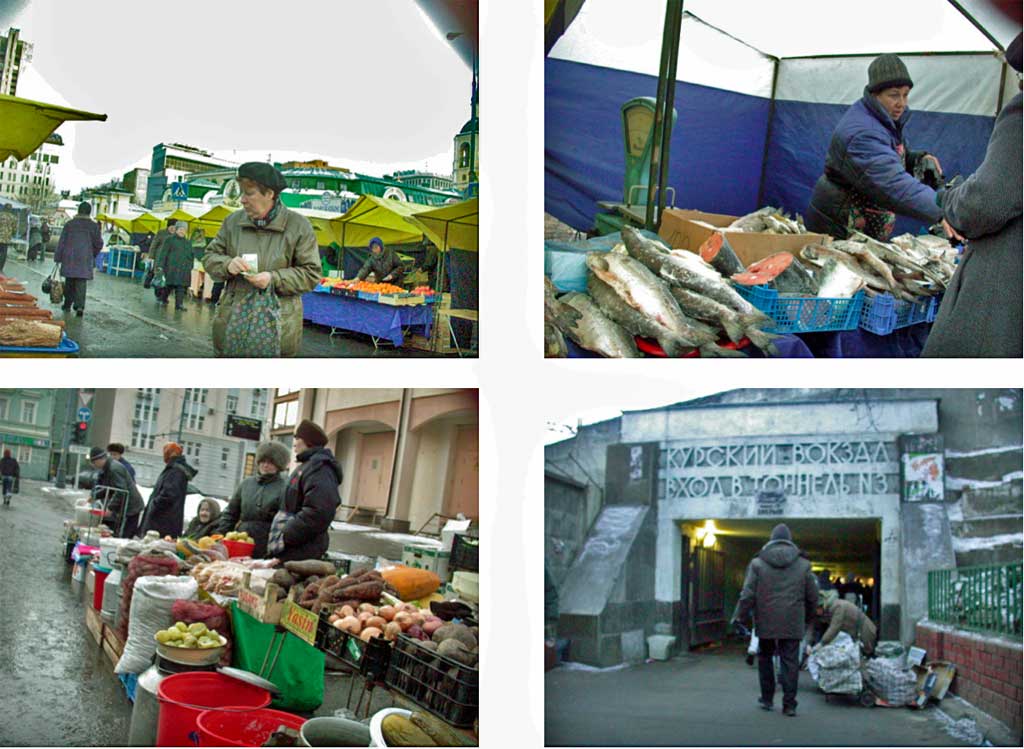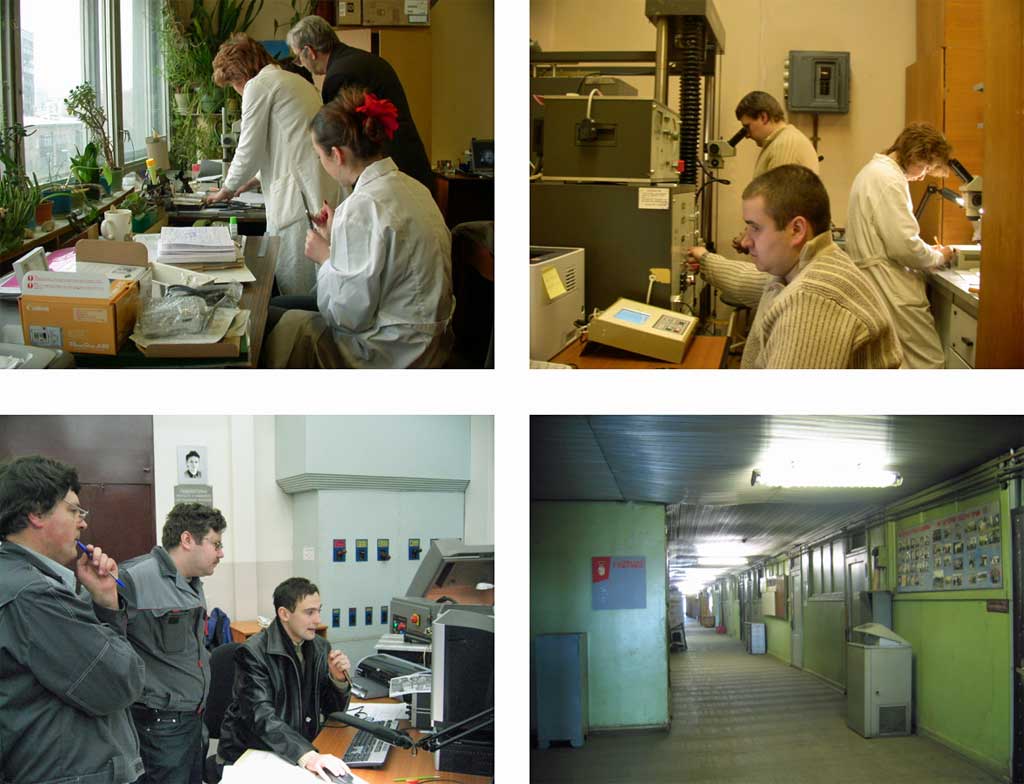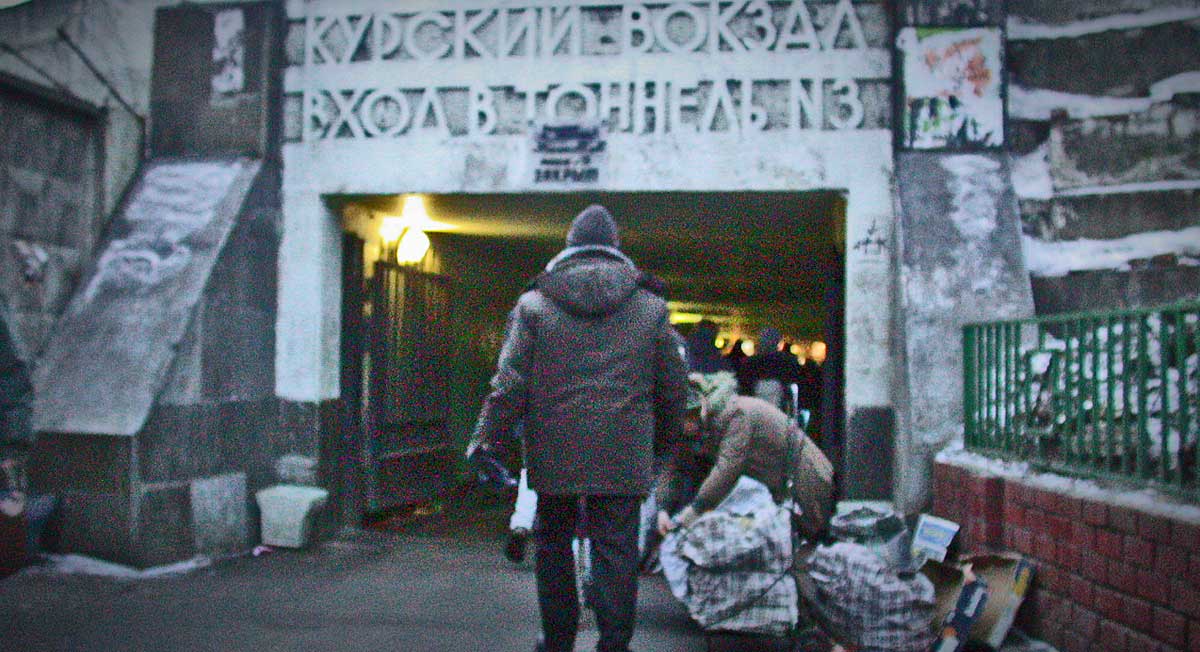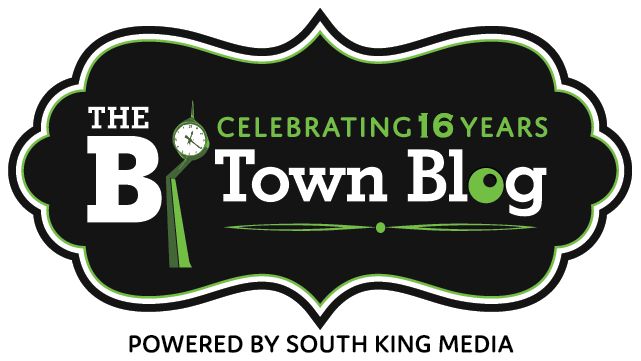EDITOR’S NOTE: Burien resident Fred Feiertag’s column for The B-Town Blog will help you start your week every Monday. He will be sharing his observations, travel stories, wanderings and more…
Having become familiar with using the Moscow Metro made getting around the city practical.
I admit that I had a small advantage in that I came to Russia with a basic familiarity with the Cyrillic alphabet. This made figuring out signs possible with some concentration. I also tried to learn a smattering of conversational Russian before these trips. Far from fluent, I could at least read some signs and ask for help. One additional step was to add a layer of camouflage to my daily outwear. I went on a small shopping spree and found the clothing a middle-aged man would wear on a daily commute. Where I shopped was an adventure, I’ll add to this series. Evidently, I did a good job. Was asked more than a few times by strangers who asked for directions. I’m happy to report I was able to understand and provide simple answers. The best aspect of this was simply to be able to blend into the crowds and not attract attention.
The daily commute took me through interesting places. The areas near the hotel reminded me of the Seattle Center grounds with wide pathways, and many public buildings and the big indoor arenas. The differences were stark. Lots of snow in dirty piles, ice covered pavements, and many people trying to sell a huge variety of things along the walkways. Lots of vegetables, used clothing, old books, fish and meat, lots of music CD’s, cell phones, and children’s toys. The vendors were often older women bundled in many layers of clothing with very rugged faces. These people had been through a lot of life that we can hardly imagine.
The larger boulevards had underground crossing tunnels. These were built to have small shops or booths on both sides of the tunnels. Here was sold more of the same but rather more organized and commercial. Some of the tunnels near the big train station were blocks long extending under many railroad tracks coming into and out of the stations. They were all tiled in green glazed tile and echoed with the tumult of the passing crowd. Sometimes there was music. This didn’t surprise me but when I saw who was performing, I was sort of stunned. Many of them were disabled Russian army veterans from their Afghanistan invasion war. These men were badly disabled. Some were horribly disfigured as well. I felt sorry for them and believe that the nearly bankrupt Russian society had not cared for them as they needed.

Arriving at my workplace each day required me to pass through a metal detector and check in at a security station. An escort would be summoned and my workday would start. The first day was special to my hosts. We stepped into a closed courtyard surrounded by the institute’s buildings and there was a small garden with flag poles. On that first morning three flags were flying. The center pole flew the new Russian Federation flag. On either side a bit lower was the VIAM institute flag and the other was a fresh new USA flag. They were so excited as it was the first time the US flag had flown at this Russian government institution.
My usual day consisted of meeting with my Russian counterparts and discussing the test plans of the day, examining the material samples to be tested, witnessing the setup of test machines, watching how the tests were conducted, reviewing test results, and often included very long conversations about the tests themselves. These interactions were of two kinds. Generally, the tests being done were almost identical to tests we would do at Boeing. We would carefully make sure that the “almost” part of this was understood by both sides and would be accounted for in the tests. This was expected and the main reason for these lab evaluations.
The other kind of interactions were not what I expected, but probably should have. There were a couple of test engineers both older and very experienced who took exception with the tests we were doing. A simple summary of their objections seemed to be “We don’t test that way. Our great soviet experience shows that the western method to be inferior and we don’t want to do inferior testing. You need to change your methods.” Wow, was I not prepared to defend our technical way of life in this setting! Putting on my invisible technical diplomat suit I would try to settle the ruffled feathers and prod the process along. It was a real help to me that several of the younger Russian engineers would covertly roll their eyes at their senior’s outbursts. Still, it slowed progress and tended to prolong my stay. Other factors interfered with this being a simple assignment. The Russian setting had some difficult factors working against us. One example was their electric power. It was very “dirty” by USA standards and the sensitive electronic measuring equipment was sometimes adversely affected.
Despite these things I enjoyed interacting with the people who did the work. They were so professional. Their care and diligence were equal to what I would expect in this kind of laboratory. Additionally the Russians I met all had a dry sense of humor towards life and the situation at hand. I became friends with the best English speaker, Sergei. We had pleasant conversations on many topics while I was there. I joined the workers in their lunchroom and enjoyed the cultural differences.
At lunch all the staff could use the lunchroom. Since the end of the soviet system the lunchroom had become a private business. It was run by the former cooks! It reminded me of a dining room in a country house. Flowered wallpaper, lace curtains over the tall old-style windows. The square tables were set with linen tablecloths and sturdy ceramic dishes. There was a simple meal offered each day. The typical dishes were a hearty soup with dark bread and butter, pickled vegetables, a meat roll, hot tea served in a glass, and canned fruit for dessert. The cost was 25 rubles which was about two dollars.
Such was my life for many weeks spread over a couple of years.



